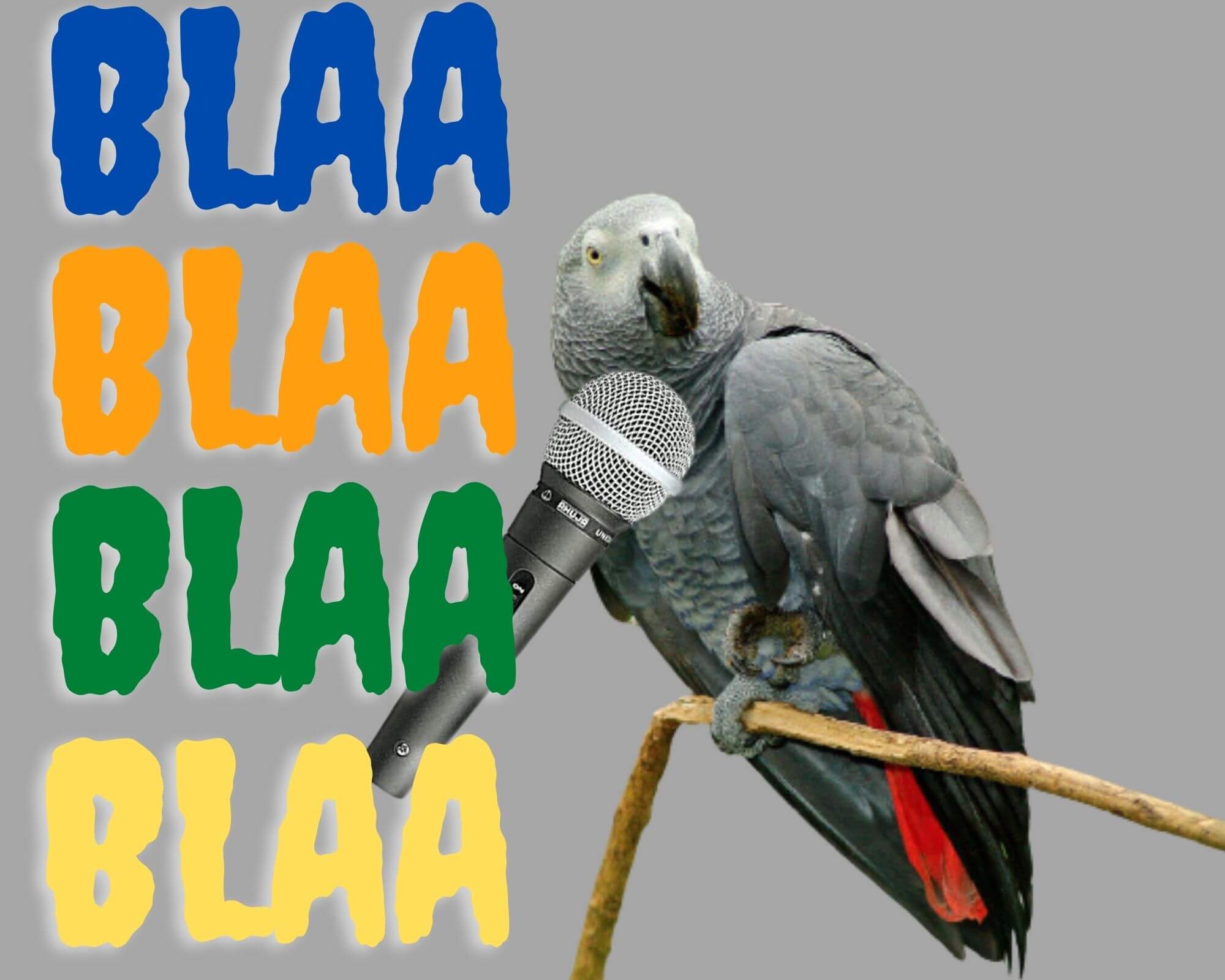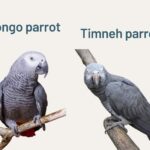
Sounds and Vocal Behavior
Introduction
parrot african grey talking: Well known for its ability to mimic the human voice, and many studies have focused on this learning mechanism. Striking parallels exist within human and Gray Parrot systems, suggesting that particularly parrots are appropriate models for studying the evolution not only of vocal communication but also vocal learning.
In other experiments, Gray Parrot also demonstrated a complex cognitive competence in understanding both the similarities and dissimilarities among the frequencies and was able to master the musical code. In stark contrast, there are surprisingly few studies about its vocalizations in the wild.
Talking Parrot
SOURCE: VOA News
Vocalizations
Vocal development
Little is known of birds in the wild. Young learn the array of vocalizations from parents and flock mates.
Vocal Array
In simplest terms, Gray Parrot’s vocalizations can be categorized into whistles and screeches. The variability in both of these types is, however, extremely large (see Repertoire and Delivery of Songs), and thus, it is not much more than a basic distinction. Nevertheless, in most of its range particularly melodious whistles do distinguish this species from other Psittacidae.
Some examples of transcriptions and descriptions include a grating “scraark scraark scraark”, a noisy scree-at, a short sharp “scrat scrat scrat”, and a honking, almost goose-like “creee-ar creeear creee-ar”;
harsher calls may be interspersed with more whistling sounds, which can both ascend and descend in pitch (e.g., a pure “weee-ooo weee-ooo”, possess an eerie quality, become long and rolling, or even acquire a bubbling quality, some being high-pitched and penetrating, others short and rapidly repeated;
voice can suggest air being blown across a bottle top, while a descending “dooo-o-ooo” followed by a harsh “screeek” is frequently heard).
Geographic Variation
No reported differences among subspecies. Given the vocal variability and learning ability, it would require an in-depth study to prove consistent differences between subspecies.
It is generally believed that Gray Parrots learn vocalizations from others in the group, and as a consequence, the repertoire of whistles and screeches may be quite different among populations.
SOURCE: Neo The Parrot
Phenology
Little information. Birds are vocal throughout the year.
Daily Pattern of Vocalizing
Birds are especially vocal during their flights to the roost sites. At the roosts before sleeping, birds utter a medley of whistles and screams resulting in loud noisy squabbling from the group.
From sunset to dawn, birds turn quiet. Calling starts again at sunrise and continues when smaller groups leave the roosts and disperse towards their feeding grounds. During the day, small groups can be heard while feeding in the canopy of trees.
Places of Vocalizing
Birds are mainly heard in flight, on the communal roosts, or when feeding in the canopy of trees.
Gender Differences
None documented.
Repertoire and Delivery of Songs
In a study with 4 captive birds over a period of 3.5 years, 168 different cell types were identified. In a single trimester, every individual produced some 30–60 different call types, of which roughly half were shared by all.
The species’ ability to mimic the human voice has been comparatively well studied, but studies of birds in the wild are in fact very limited.
It was long believed that Gray Parrots did not mimic in the wild, but a single study brought some convincing proof for that, showing they could perfectly imitate 9 species of birds and 1 bat species.
Social Content and Presumed Functions of Vocalizations
In a study with 4 captive individuals, some of the call types seemed to be associated with alarm situations, but not necessarily all birds used the same cell type, suggesting that even alarm calls in Gray Parrots are not innate but can be socially learned vocalizations. In the wild, a particularly harsh and loud screech is given in alarm.




















